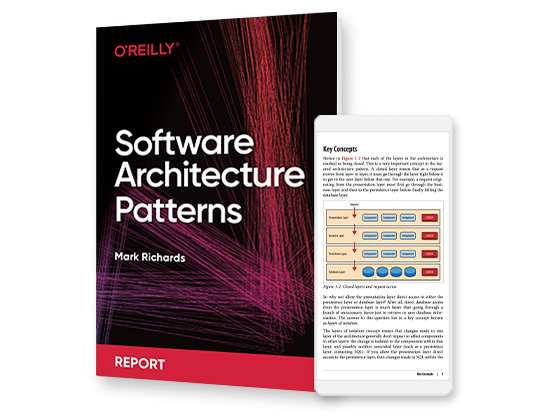Book description
Peering Carrier Ethernet Networks begins by providing background information on the evolution of important concepts and building blocks that have led to the current state of high bandwidth and high performance Ethernet technology in order to support current and emerging customer applications. The background information covered includes an overview of Public Switched Telephone Networks (PSTN) to describe circuit switching, multiplexing, and voice digitization that lead to the development of T1/T3 and SONET/SDH for transport. It interweaves these developments with changes in the regulatory regime.
Additional coverage includes Carrier Ethernet networks' technical standards, which describe how service providers can offer services to off-net customers using peered Carrier Ethernet networks and a description of the taxonomy of customers and their current and emerging applications at Layer 2 and Layer 3 on peered Carrier Ethernet networks.
The book concludes by describing next steps in Ethernet technology to meet growing demands and emerging trends.
- Presents detailed coverage of end-to-end services across wide area data networks
- Consolidates, in one ready reference, the latest applied research in this rapidly evolving field
- Provides the context, advantages, and industry standards for peering Carrier Ethernet networks
Table of contents
- Cover image
- Title page
- Table of Contents
- Copyright
- Dedication
- List of Figures
- List of Tables
- About the Author
- Preface
- Acknowledgments
- Glossary
- 1. Introduction
- 2. Shaping of Data Networks
- 3. The Ethernet Landscape
-
4. Carrier Ethernet Networks
- 4.1. Carrier Ethernet–Related Terminology and Architecture
- 4.2. Ethernet Services Framework
- 4.3. Services Defined by Carrier Ethernet
- 4.4. Quality of Service by Traffic Engineering of Carrier Ethernet Services
- 4.5. Carrier Ethernet Network Operation, Administration, and Maintenance
- 4.6. Need for Peering Carrier Ethernet Networks
- 4.7. Chapter Summary
-
5. Peering Carrier Ethernet Networks
- 5.1. Revisiting Bridging Techniques and Tags
- 5.2. Ethernet Access–Related Terminology and Architecture
- 5.3. Attributes and Parameters Related to Ethernet Access Services
- 5.4. Ethernet Access Services on Peering Carrier Ethernet Networks
- 5.5. Examples of Subscriber Services Delivered on Peering Carrier Ethernet Networks
- 5.6. Delivering QoS on Peering Carrier Ethernet Networks
- 5.7. Service Management in Peering Carrier Ethernet Networks
- 5.8. Need for Business-to-Business Access Service Request in Peering Carrier Ethernet Networks
- 5.9. Chapter Summary
- 6. Standards for Access Service Request
-
7. Operations and Business Support Systems
- 7.1. Evolution of OSS/BSS Framework
- 7.2. State Machine, Transactional Integrity, Security and High Availability of OSS/BSS
- 7.3. Efforts to Reduce Operational Costs
- 7.4. Impact of NFV and SDN on OSS/BSS
- 7.5. Customer Applications Are the Business of Operations/Business Support Systems
- 7.6. Chapter Summary
-
8. Applications of Peering Carrier Ethernet Networks
- 8.1. Taxonomy of Customers and Applications
- 8.2. Mapping of Application Performance Objectives to Standard MEF CoS Performance Objectives
- 8.3. Mapping Application-Specific Network Functionality to Carrier Ethernet Services
- 8.4. Cyber-Physical Systems and Other Emerging Applications
- 8.5. Process for Converting Application and Topology Information into a Design
- 8.6. Next Steps
- 8.7. Chapter Summary
- 9. Next Steps in Peering Carrier Ethernet Networks
- References
- Index
Product information
- Title: Peering Carrier Ethernet Networks
- Author(s):
- Release date: October 2016
- Publisher(s): Morgan Kaufmann
- ISBN: 9780128092491
You might also like
book
Local Networks and the Internet: From Protocols to Interconnection
This title covers the most commonly used elements of Internet and Intranet technology and their development. …
book
Broadband Cable Access Networks
Broadband Cable Access Networks focuses on broadband distribution and systems architecture and concentrates on practical concepts …
book
Transforming Campus Networks to Intent-Based Networking
Migrate to Intent-Based Networking–and improve network manageability, cost, agility, security, and simplicity With Intent-Based Networking (IBN), …
book
IP, Ethernet and MPLS Networks: Resource and Fault Management
This book summarizes the key Quality of Service technologies deployed in telecommunications networks: Ethernet, IP, and …

